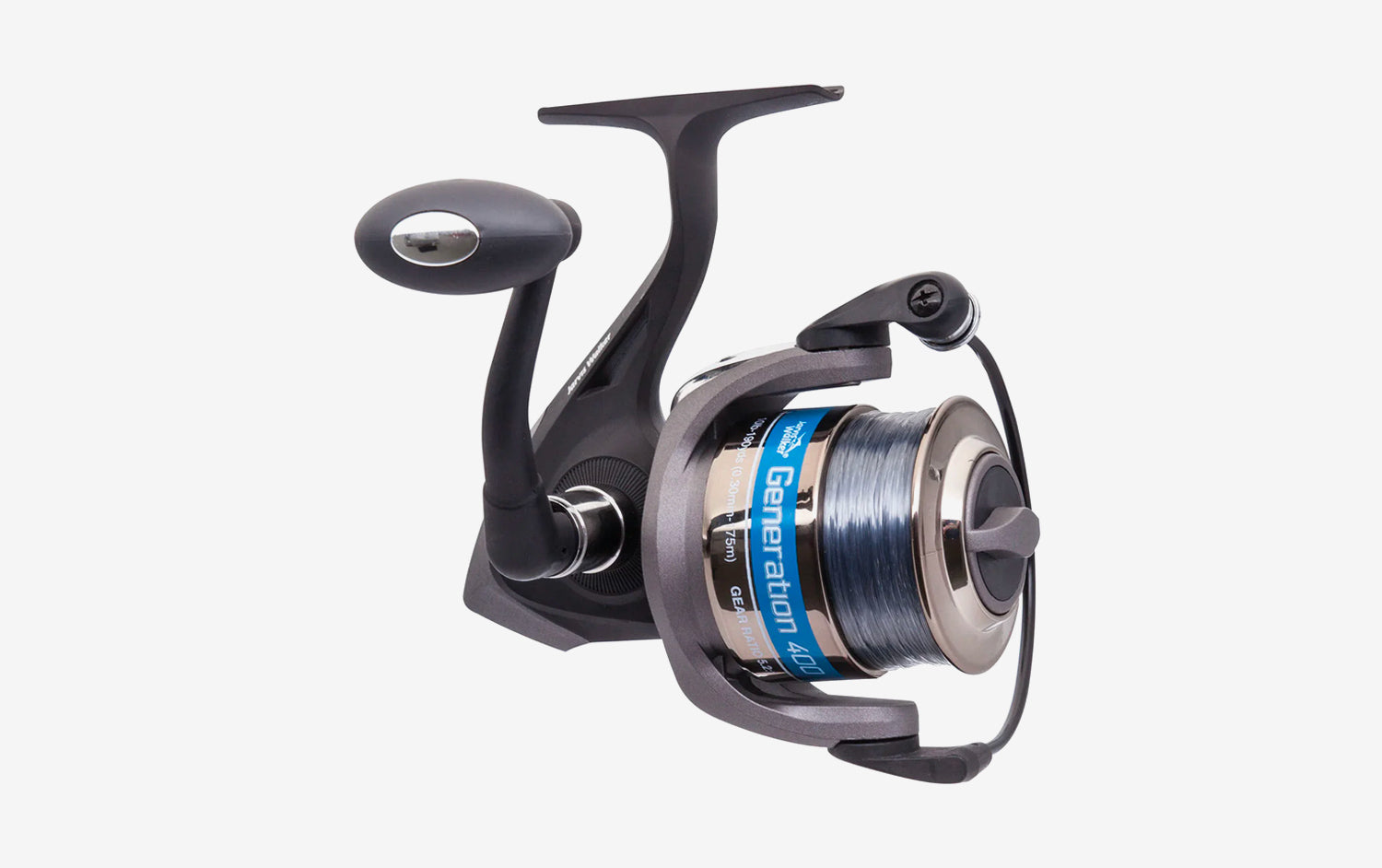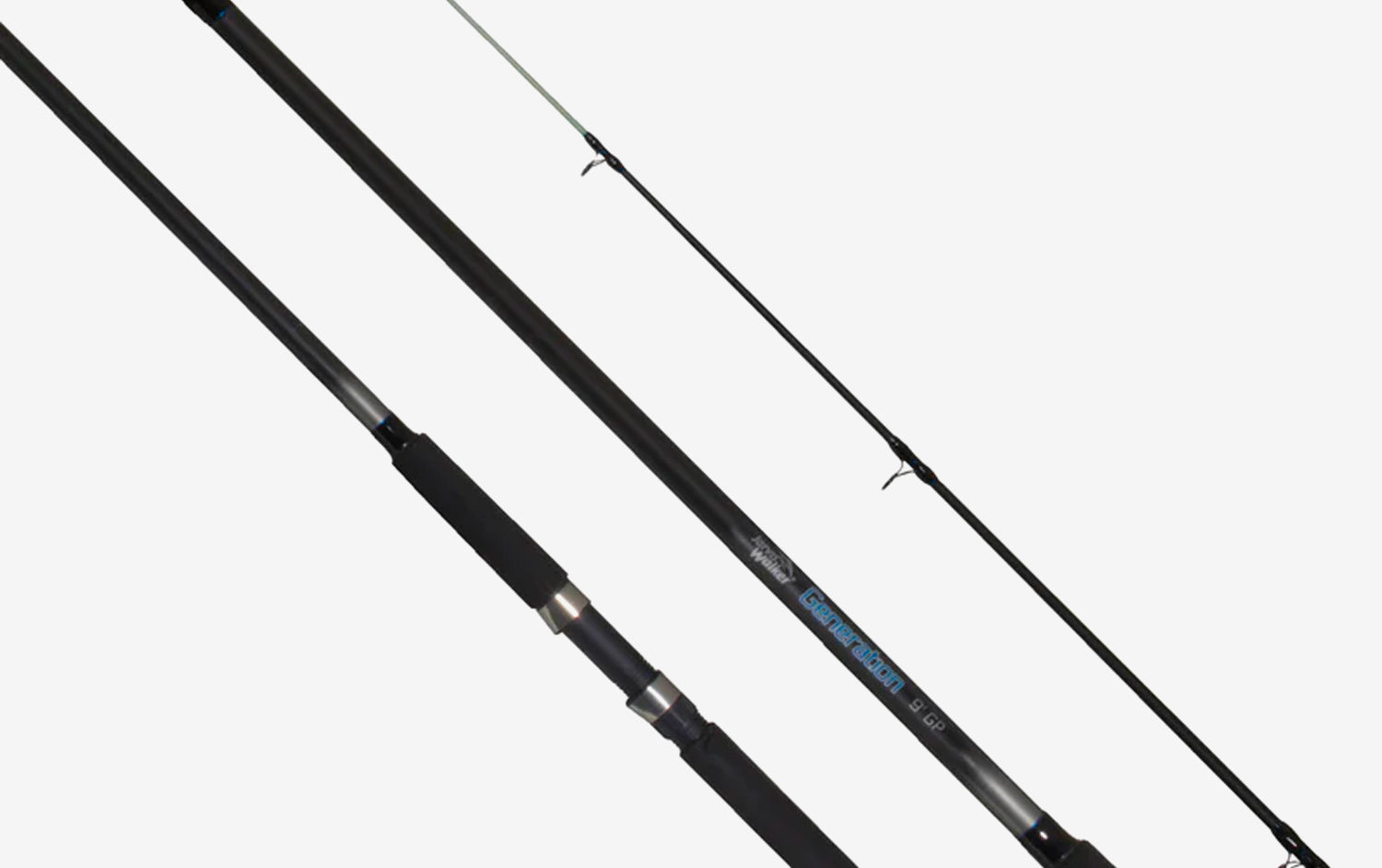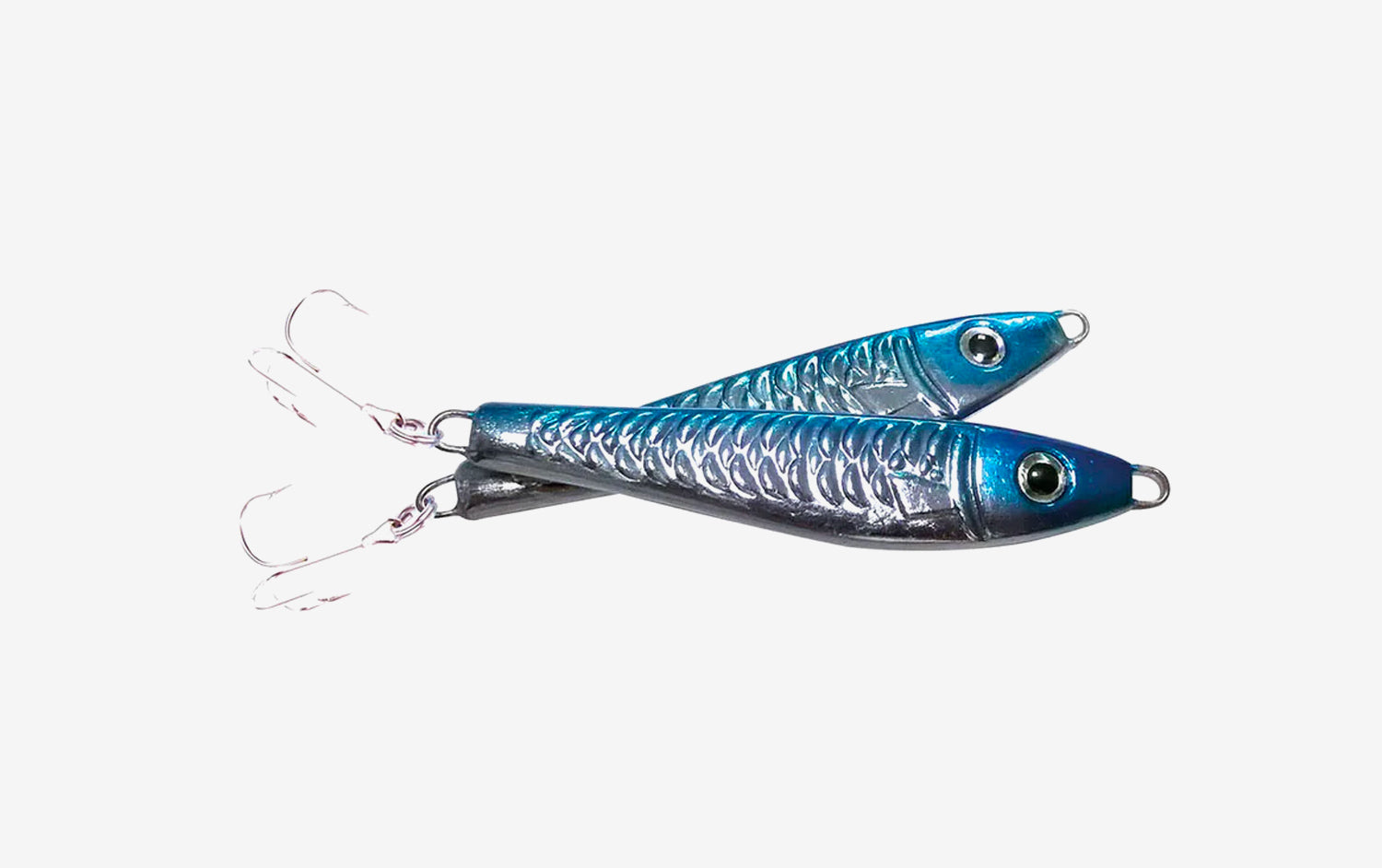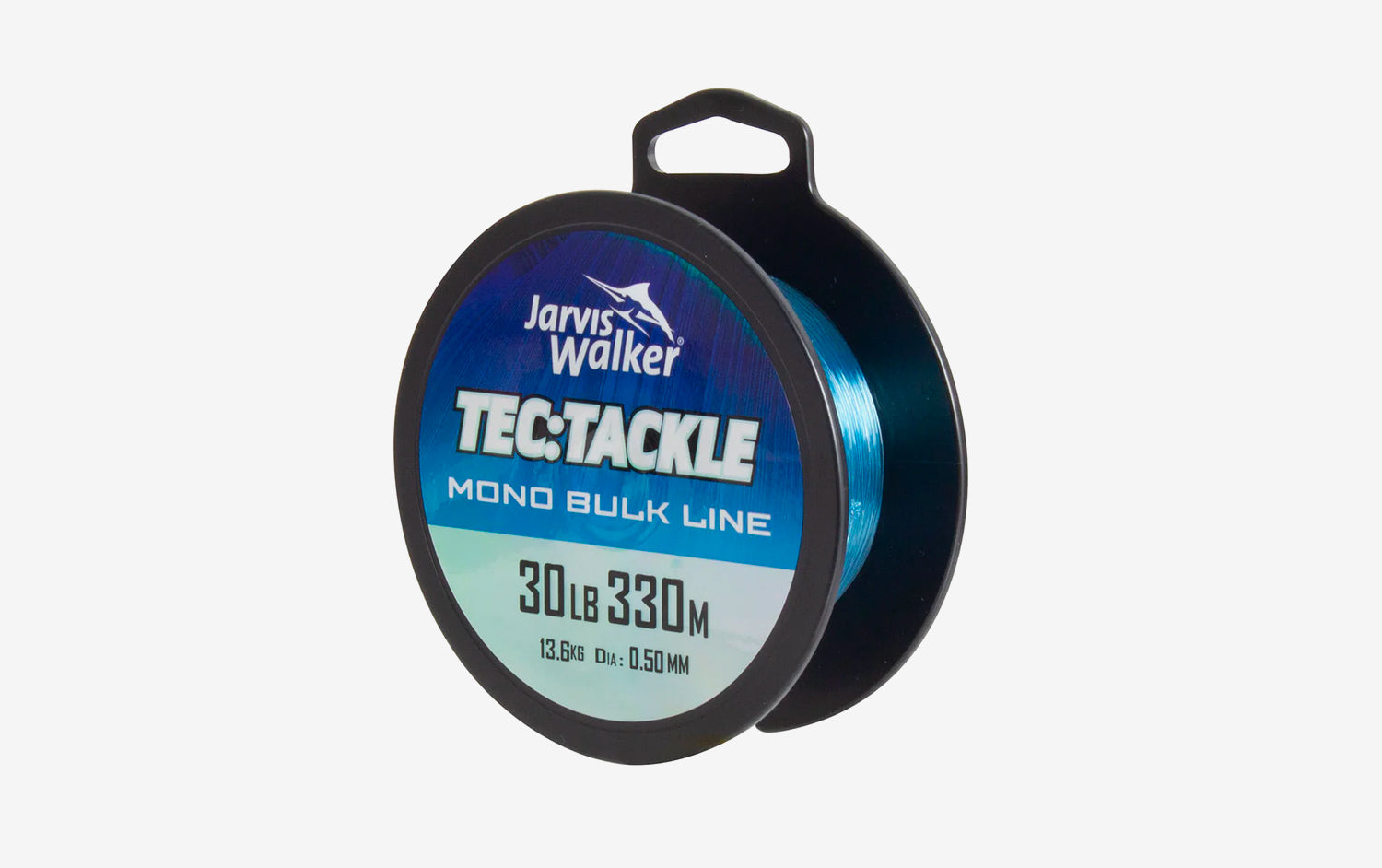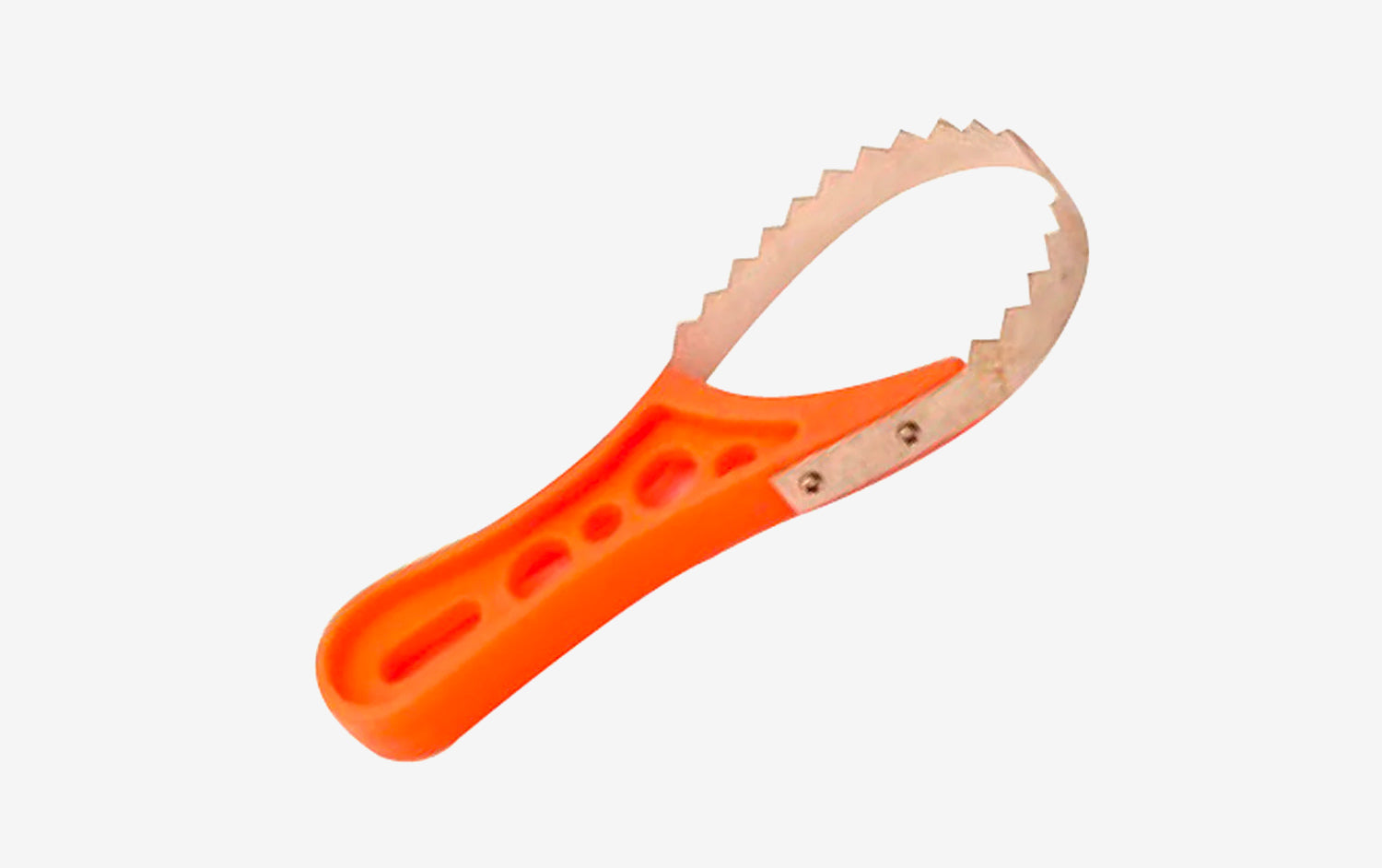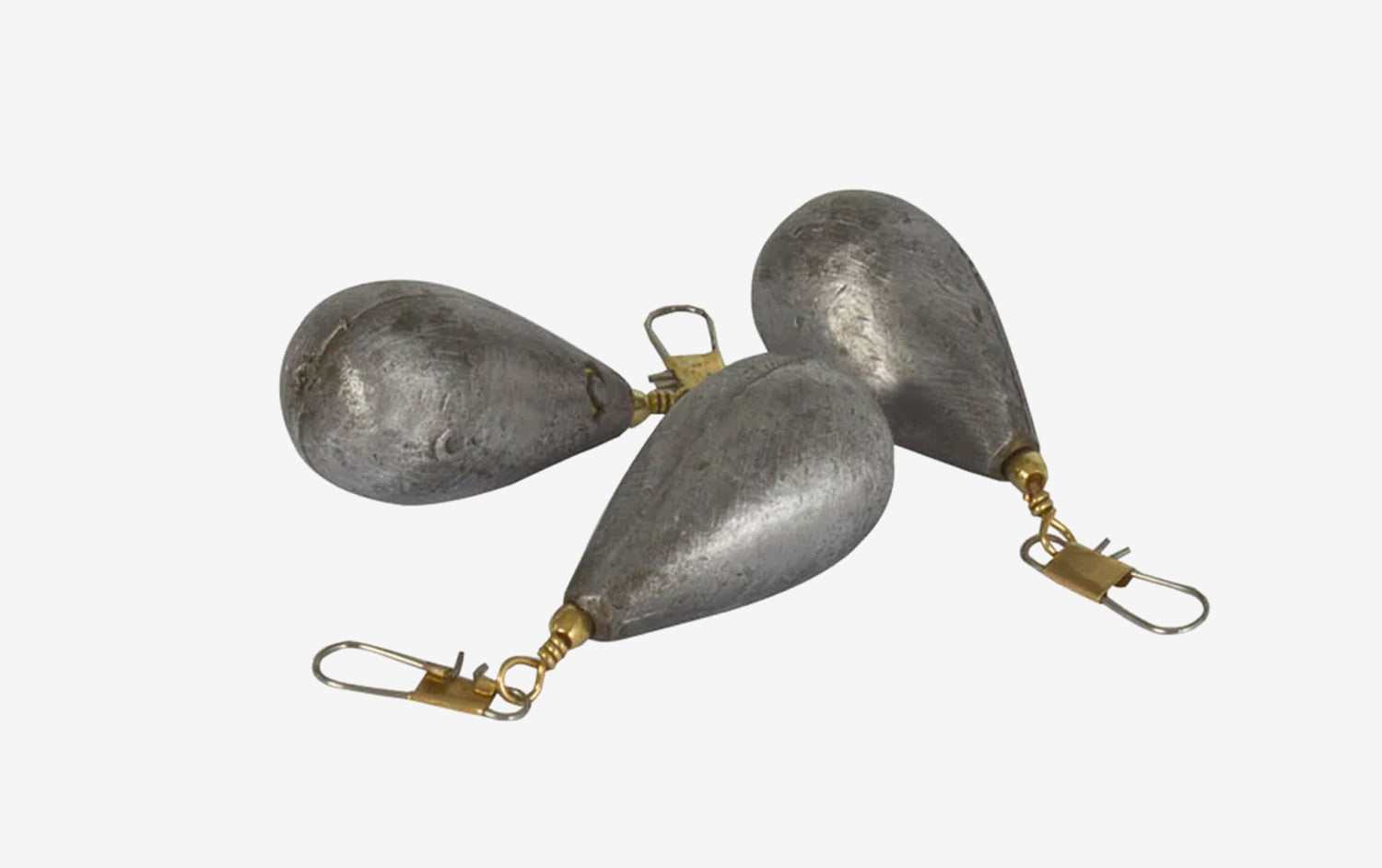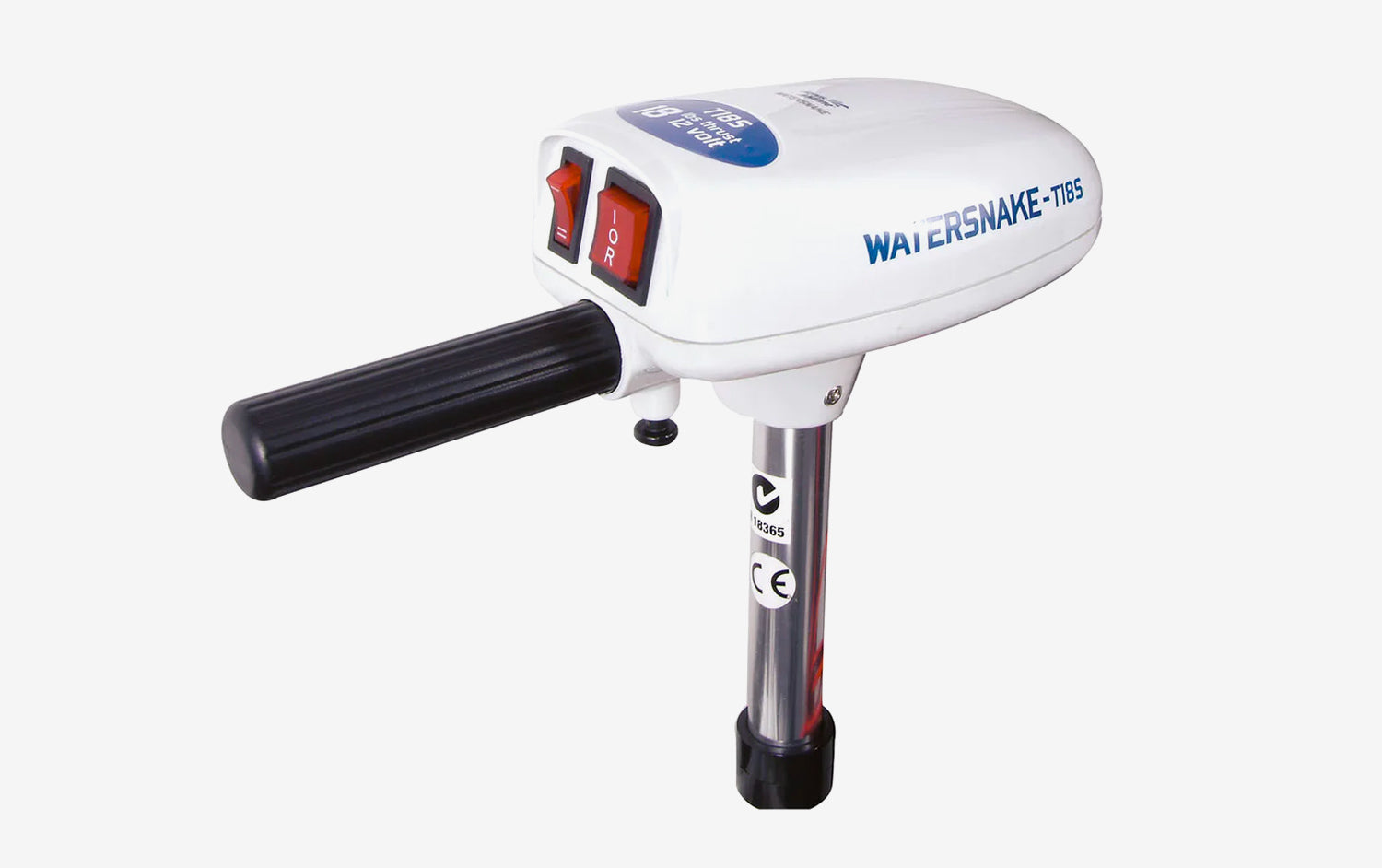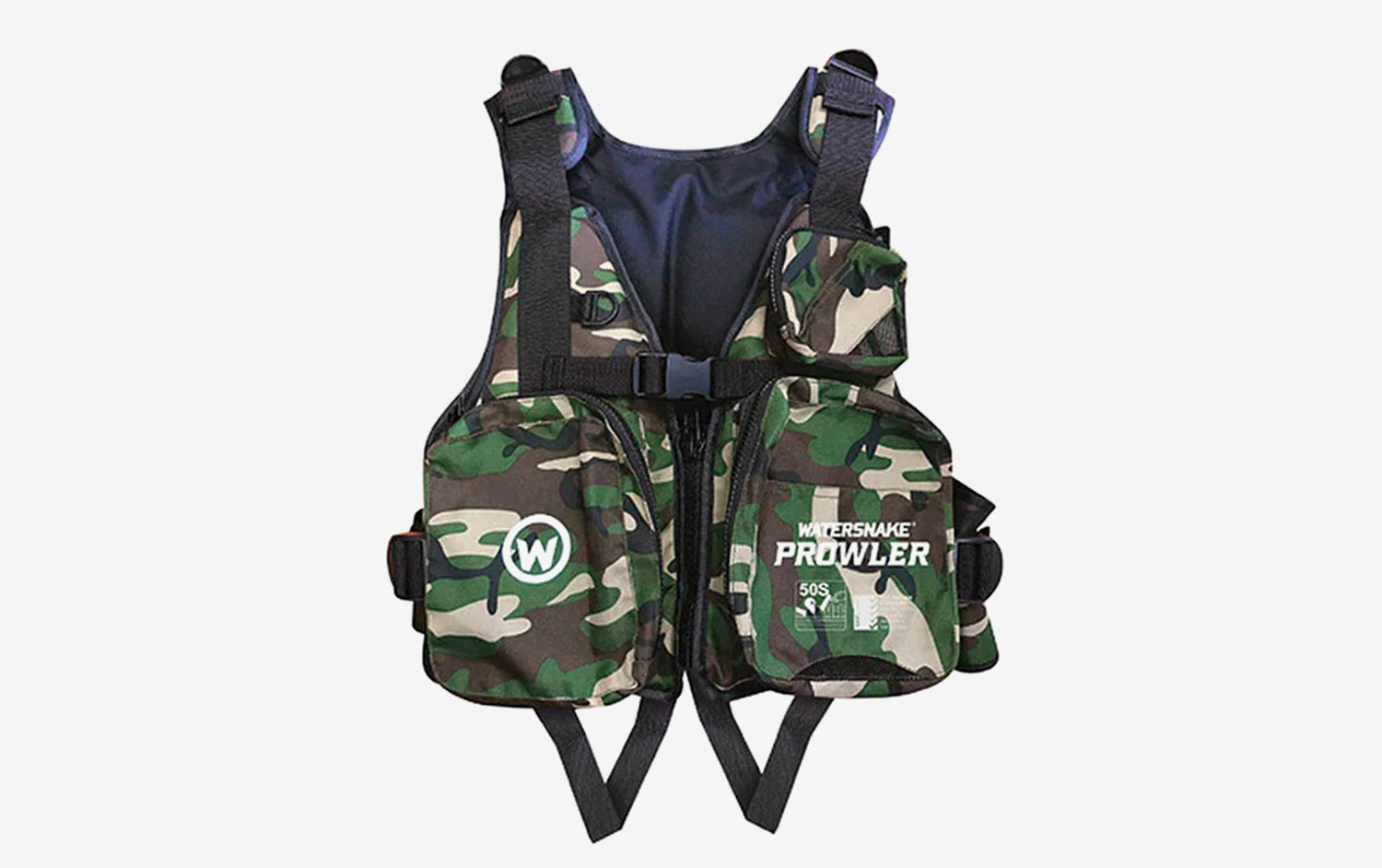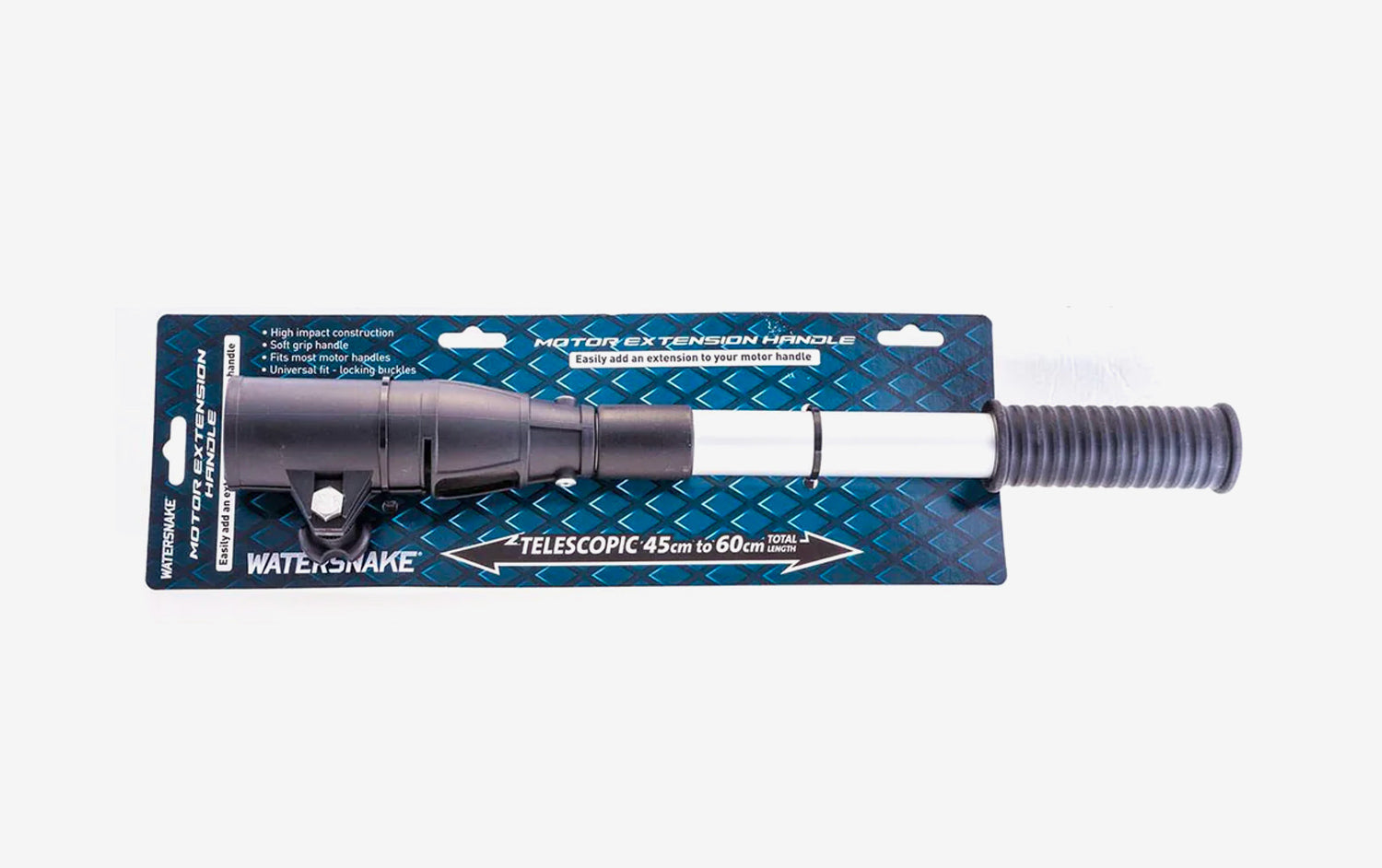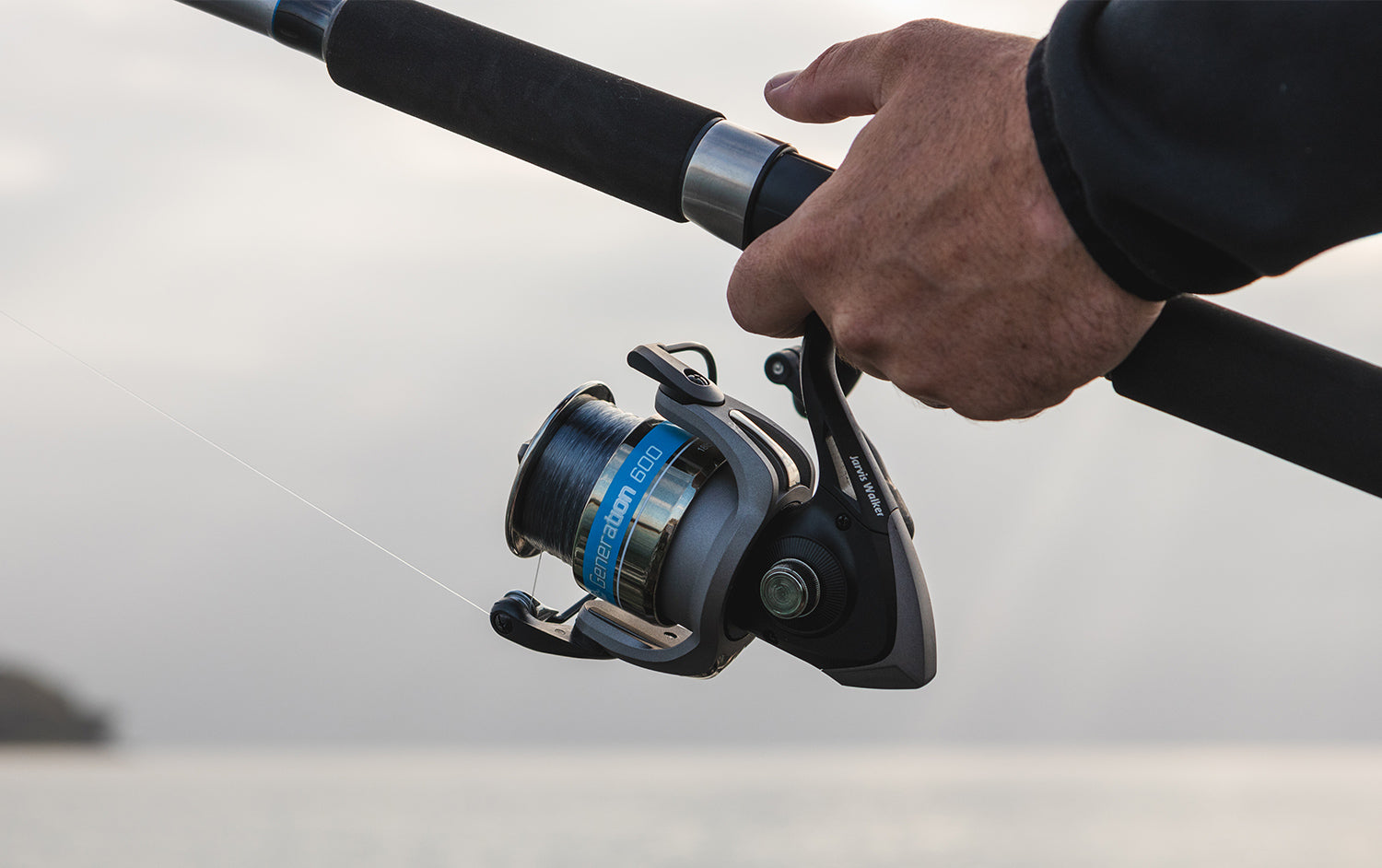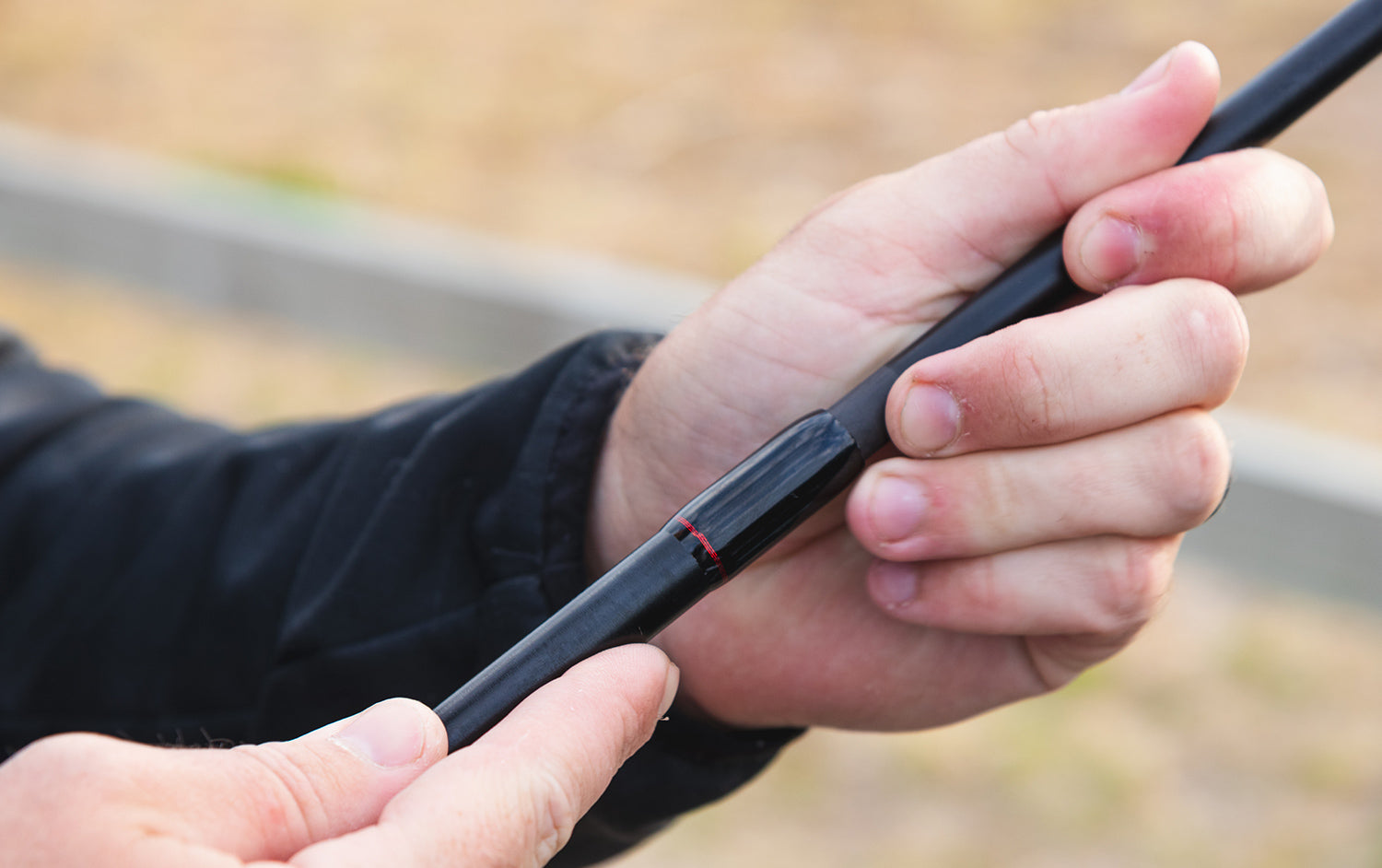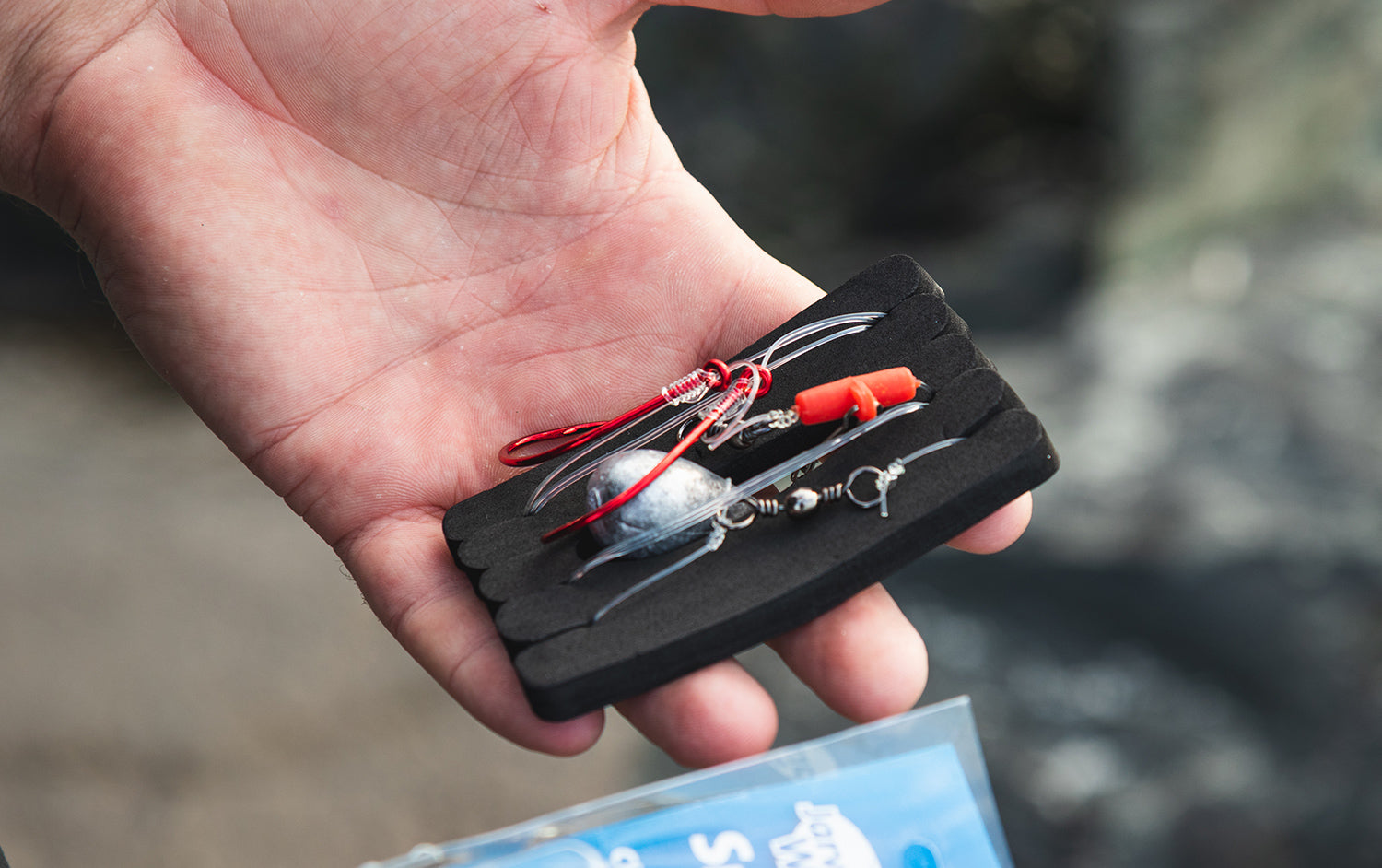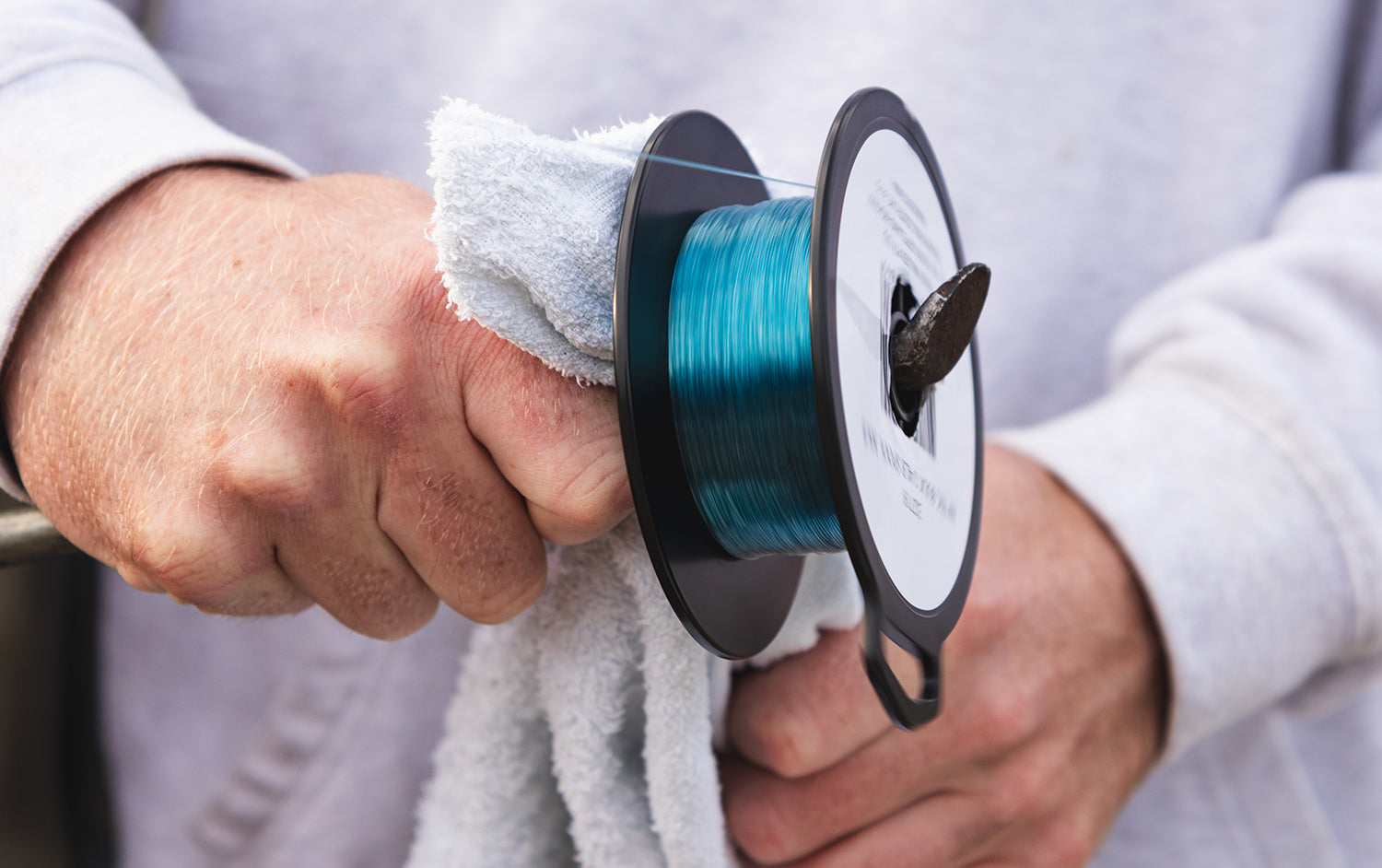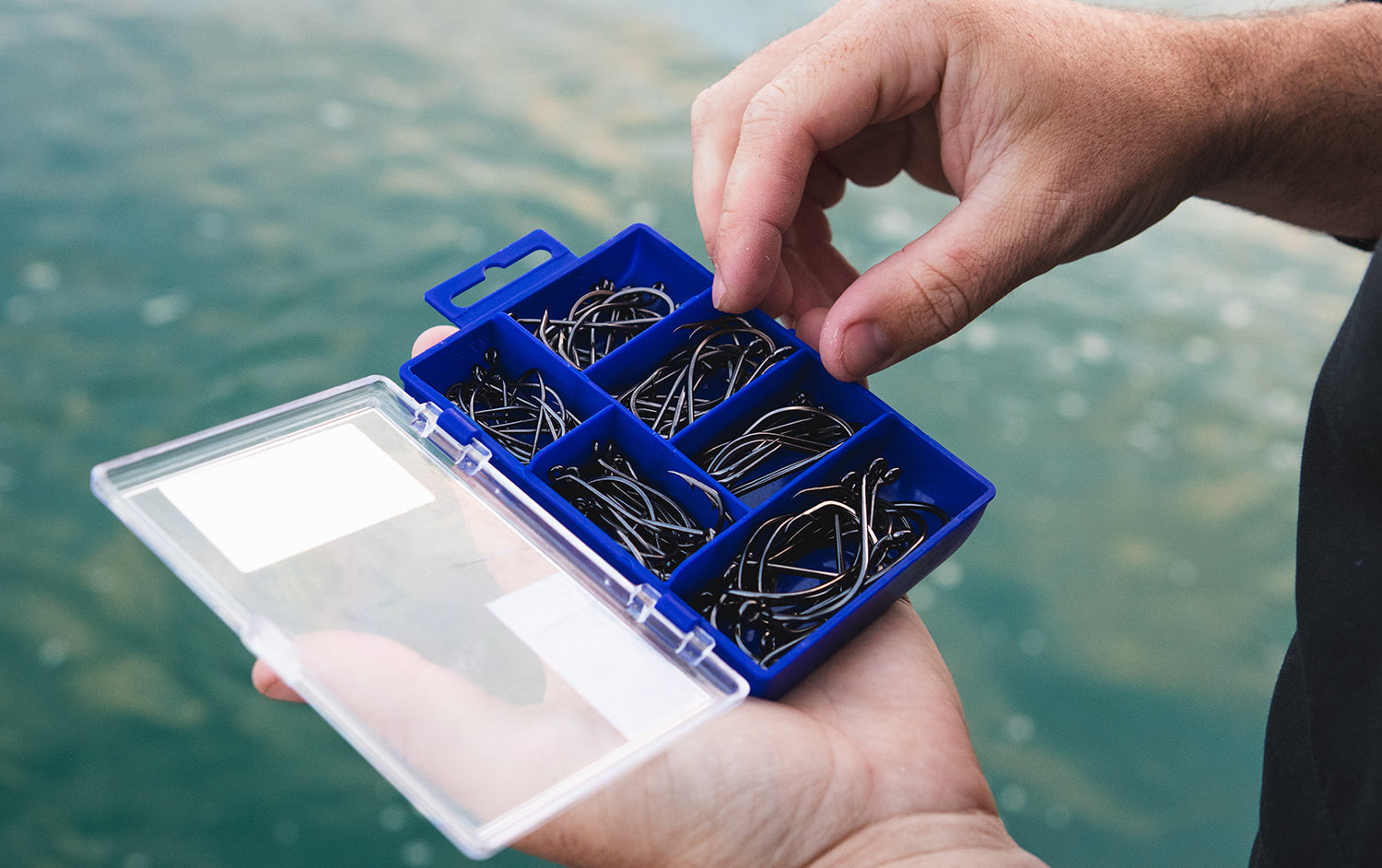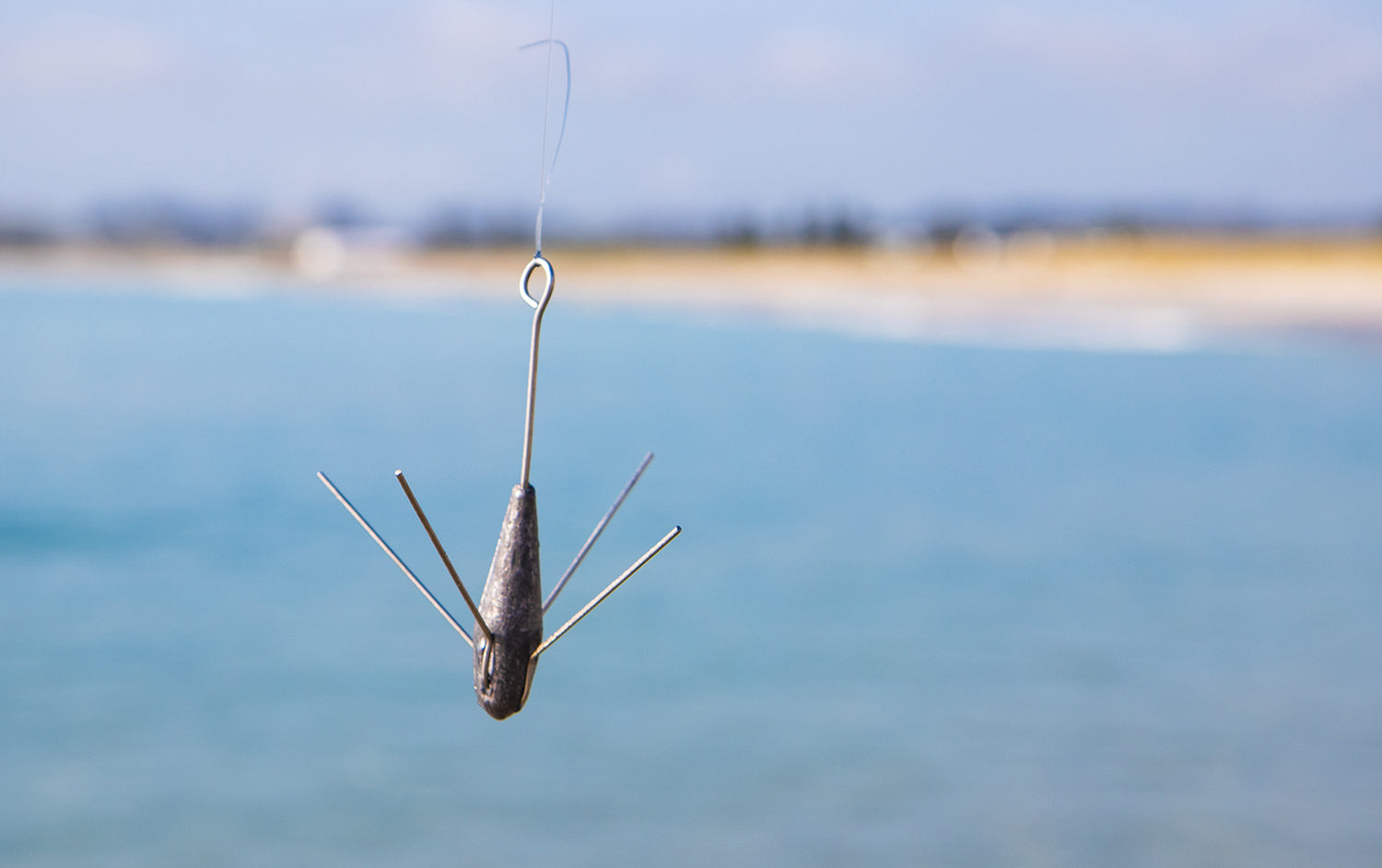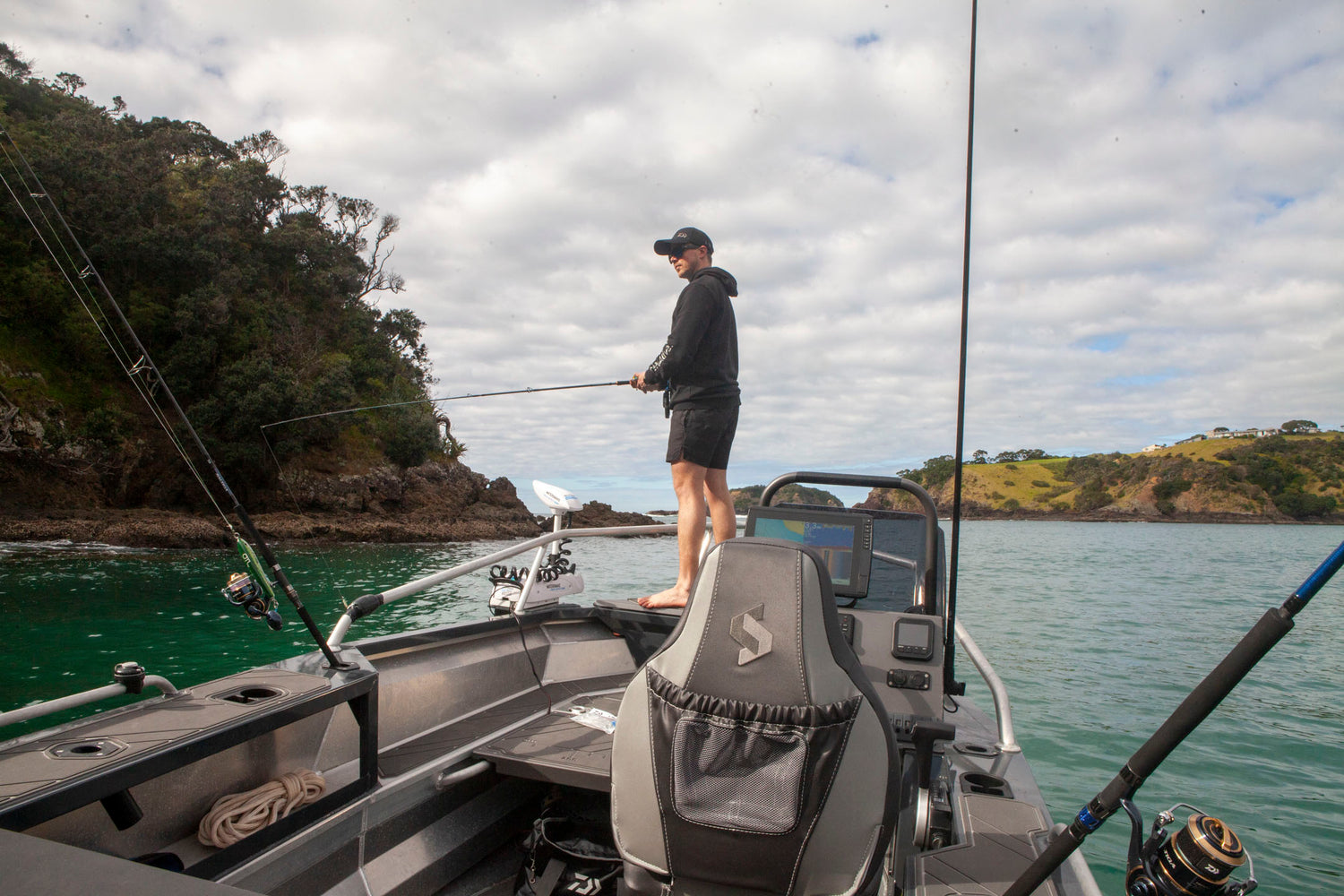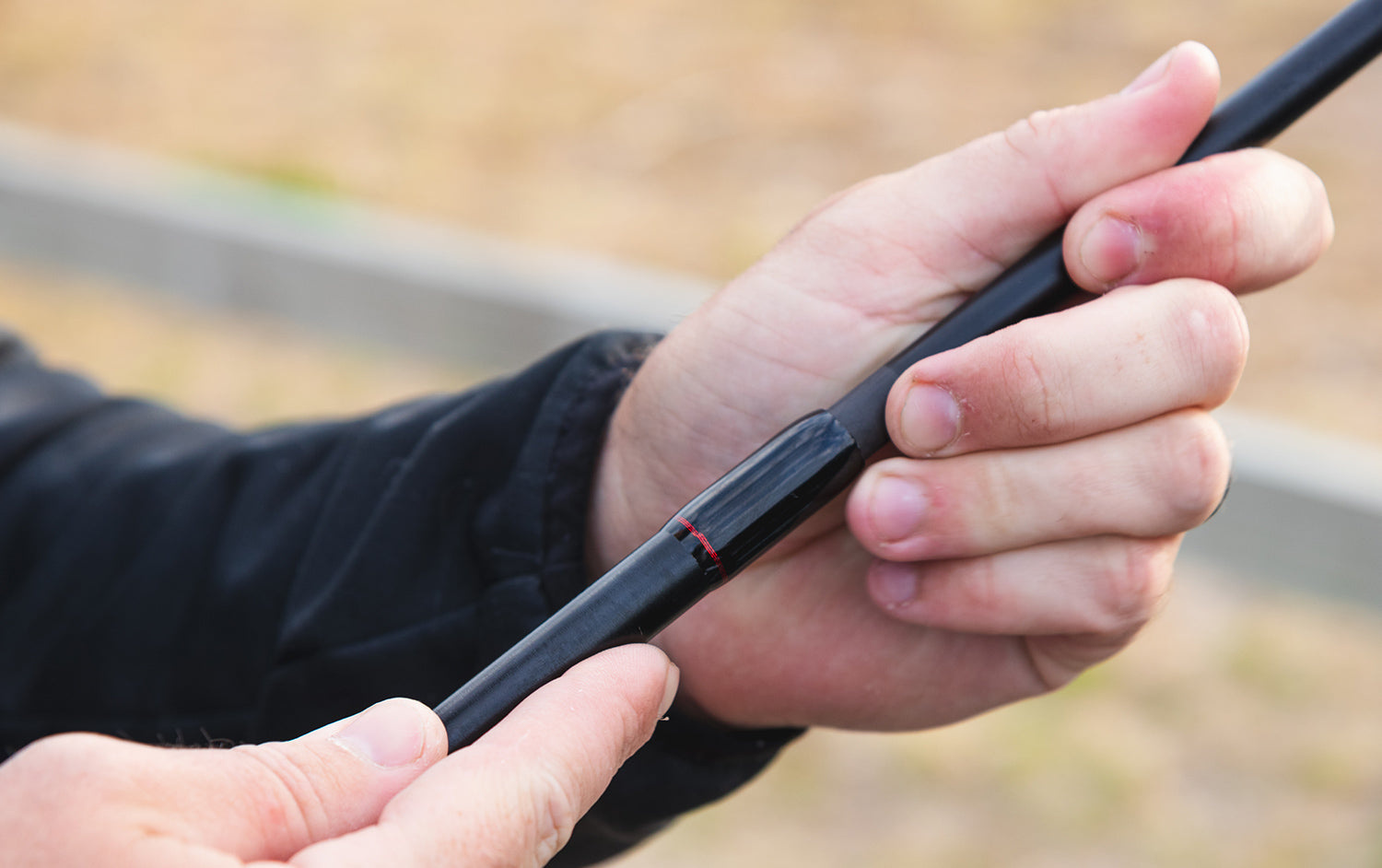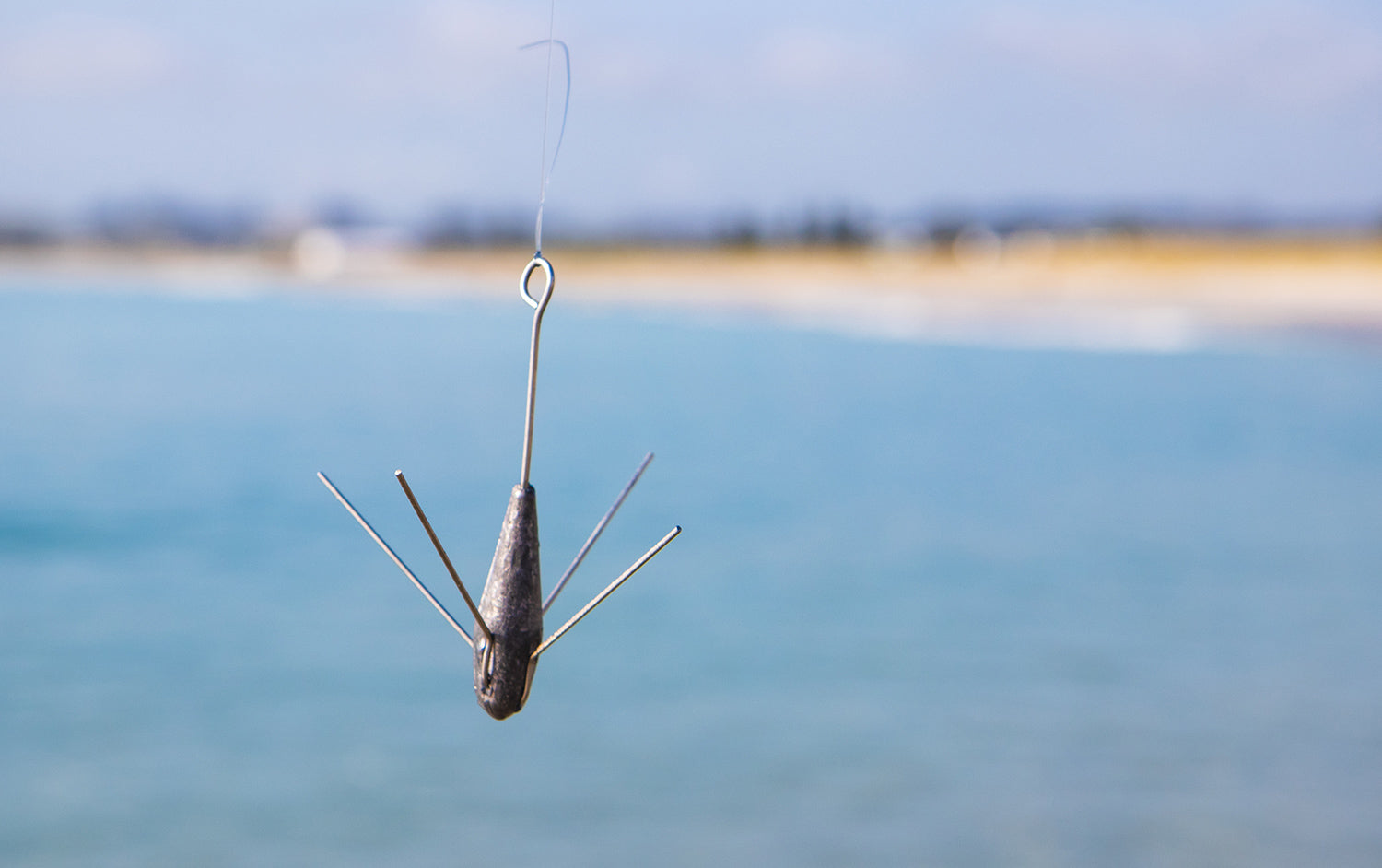Types of Lures
Catching fish on lures is great fun and in many situations is more effective at catching bigger fish than some bait techniques. Modern lure varieties include those made from metals, timbers, hard plastics and soft plastics.
The topic ‘which lure style is best?’ is fuel for much debate. A more productive discussion would be which style works best in a given situation, because all lure styles have advantages and disadvantages across a range of species, locations and conditions.
The trick to catching more fish on any lure is to first know what natural food source you must imitate; at what depth it needs to swim; and what style of swimming action each lure has. If you match these factors as closely as possible to the natural food of the fish you’re trying to catch, then you’re a good chance of catching fish.
Soft plastic lures generate a lot of interest and are accounting for some remarkable captures. So much so that some anglers who are new to lure fishing have only ever used the soft variety.
Soft plastic lures are popular because they work and are easy to use. The supple materials used to make these lures are perfect for a natural looking imitation of baitfish—and that’s part of what makes them so effective. It is therefore critical that you don’t dampen the natural swimming action of your soft plastic lures with too much weight in the jig head.
Jig head choice will influence what you catch. A good rule of thumb is to use the lightest weight jig head that is practical for the situation – bearing in mind the depth of water you’re fishing and the strength of any current or tidal movement. This might mean using no weight at all, just a hook.
Also consider the line you use with soft plastics. Fine lines and thin leaders will help your lure sink faster, allowing you to use a slightly lighter jig head.
Jig head choice will influence what you catch. A good rule of thumb is to use the lightest weight jig head that is practical for the situation – bearing in mind the depth of water you’re fishing and the strength of any current or tidal movement.
The shape and size of your soft plastics will also influence the rate at which it sinks when lightly weighted.
There is a huge variety of brands and models to choose from, so put some thought into what swimming action you will need to trick a fish into biting it—that will also indicate what shapes are better suited to the scenario.
The depth at which your lure should be swimming is just below that at which the fish are holding. Sometimes it’s best that it doesn’t reach that depth: a slow, wafting action just below the surface or in mid-water can often be more effective than bouncing along the bottom. Swimming your soft plastics across the surface is also worth a try.

The many lure styles that fall under this category share several attributes that make them so popular throughout the world. A floating lure with a diving bib offers an angler the ultimate control to do myriad tricks to attract a bite. They work from the surface down to the depth the bib allows. They are ideal for casting into and swimming amongst structure and/or obstacles, can bump over said structure and really get in the fish’s face. They are also excellent for trolling. You can control how fast they dive and swim, you can make them pause, drift up, twitch sideways and any other combination you can wield with your rod. They are an extremely versatile fishing tool with myriad sizes, shapes, depth capabilities and colours, so matching the natural prey of your target fishis easy—the difficulty is there’s too much choice!
Sinking lures have long been turning heads and catching quality fish. They are a good option when you need to fish vertically, when you need your lure to stay near the bottom, or to reach a certain depth quickly. They also come in handy when fish turn off other lure styles or baitonce several fish have been caught from the same school.
Sinking lures are best used with thin lines. This reduces any belly in the line, gives you more chance of detecting strikes and also facilitates a faster sink rate. It’s important that you concentrate on your line whenever the lure is in the water, watching and feeling for any signs of unusual line movement. Strike at anything that makes the line move or that feels unusual. Using your line as a bite indicator is just one of the many subtle tricks to catching more with this style of lure.
Sinking lures can also be effective as trolling lures.

Poppers, stick baits, walkers, sliders, crawlers—and whatever other names they go by—are lures that float so they can be worked on the surface to imitate an injured and/or fleeing baitfish. They offer an exciting way to fish because you often see the fish take the lure with aggression in a splash.
Surface lures are an excellent choice for targeting any predatory fish that either rounds up baitfish, pushing them to the surface; or those that hold deep looking upwards for the next unsuspecting baitfish that swims above it. Surface lures also catch opportunistic feeders—that is, most fish—that cannot resist when presented with an apparently easy meal.
Surface lures also use sound to attract fish when anglers drag them across the surface to create a splash and noise. This makes them an excellent in low-light conditions. Surface lures can be retrieved slow or fast and are known to catch a broad range of species from whiting, bream and flathead, to barra, tailor, salmon, kingfish, trevally, mackerel, coral trout and even sailfish, to name but a few.
LURE FISHING TIPS
- The ‘best’ lure is always determined by the environment and the conditions, because all lure styles have advantages and disadvantages depending on species, locations and fishing times.
- Know what natural food source you need to imitate. You can learn this by catching baitfish in your local area to see what local fish feed on.
- Try casting lures near the areas where you found baitfish while doing your homework for the previous tip. Hungry fish know the baitfish hangouts!
- Choose lures that suit the depth of water in which you find baitfish. This, and lure size, are the most important considerations for the best lure choice.
- Match the size, shape and colour of your lures as closely as possible to the natural prey you’re imitating.
- A popular rule of thumb for lure colour choice is to use natural colours in clean water; and bright/loud or very dark colours for contrast in dirty water.
- Time your trip so your lure fishing coincides with a tide change. Be ready and fishing an hour before the tide change and don’t finish until an hour after the change.
- If—for the previous tip—you have several bait-holding areas to choose from, cast at those that offer predatory fish the best ambush/hiding spots and protection from the current.
- Use the lightest leader that is practical, considering the size of fish and how much abrasion resistance you’ll need for the area. Lighter leaders equal more strikes.
- Double-check all your knots. Then triple-check them!
- When you find a likely spot, approach it quietly and be persistent with your casting. Take enough time to cover the entire area/structure with your casts.

